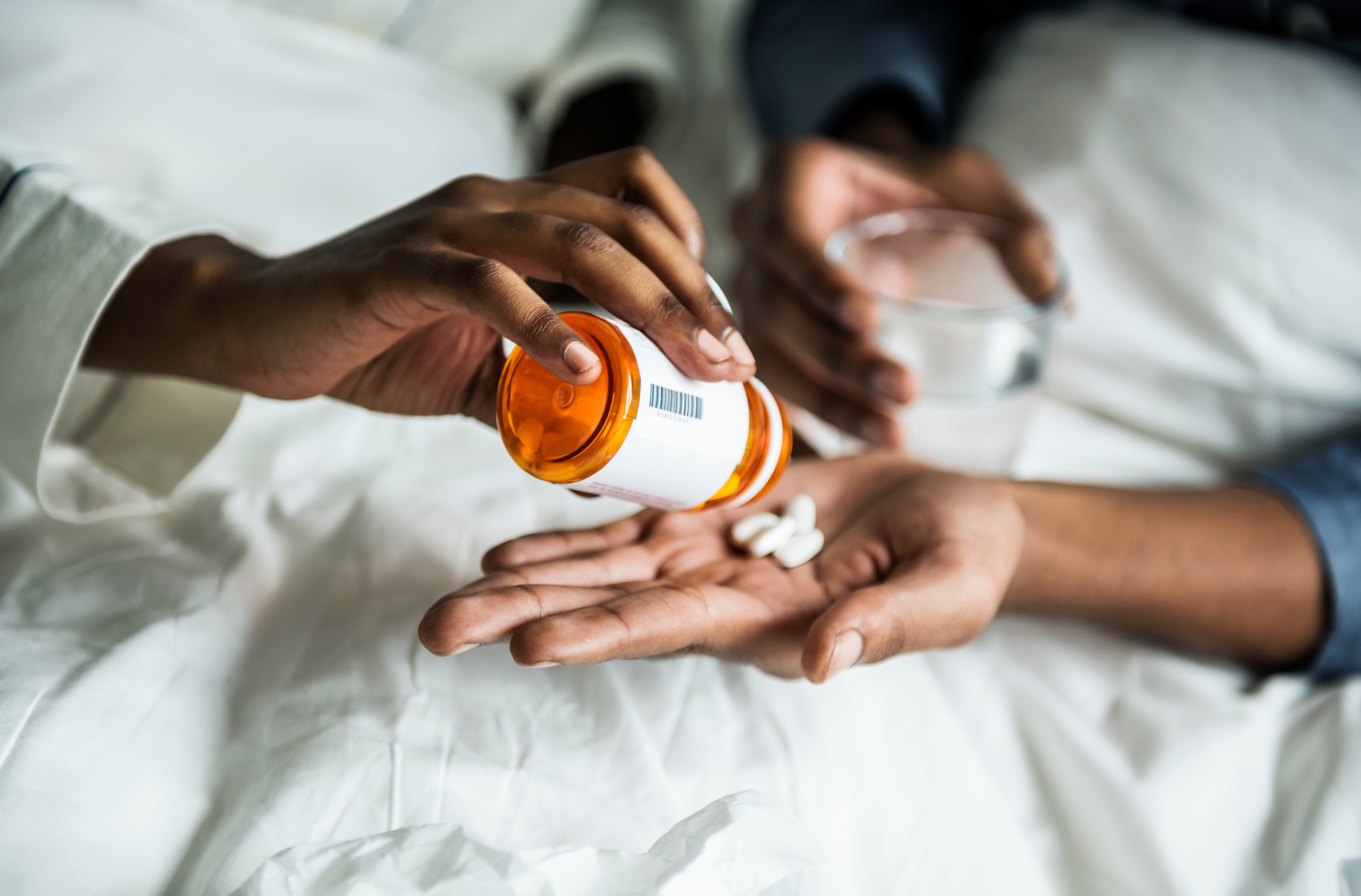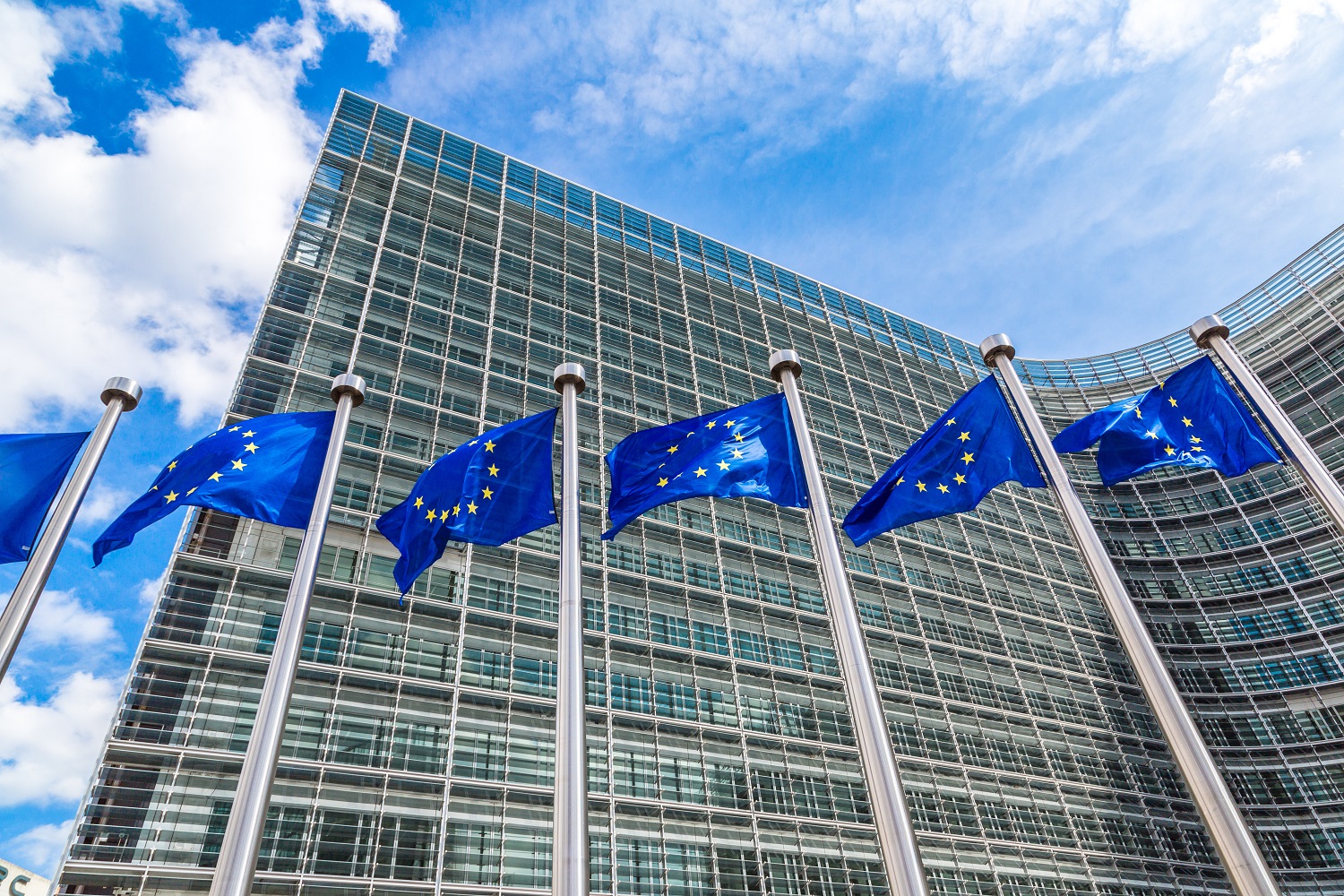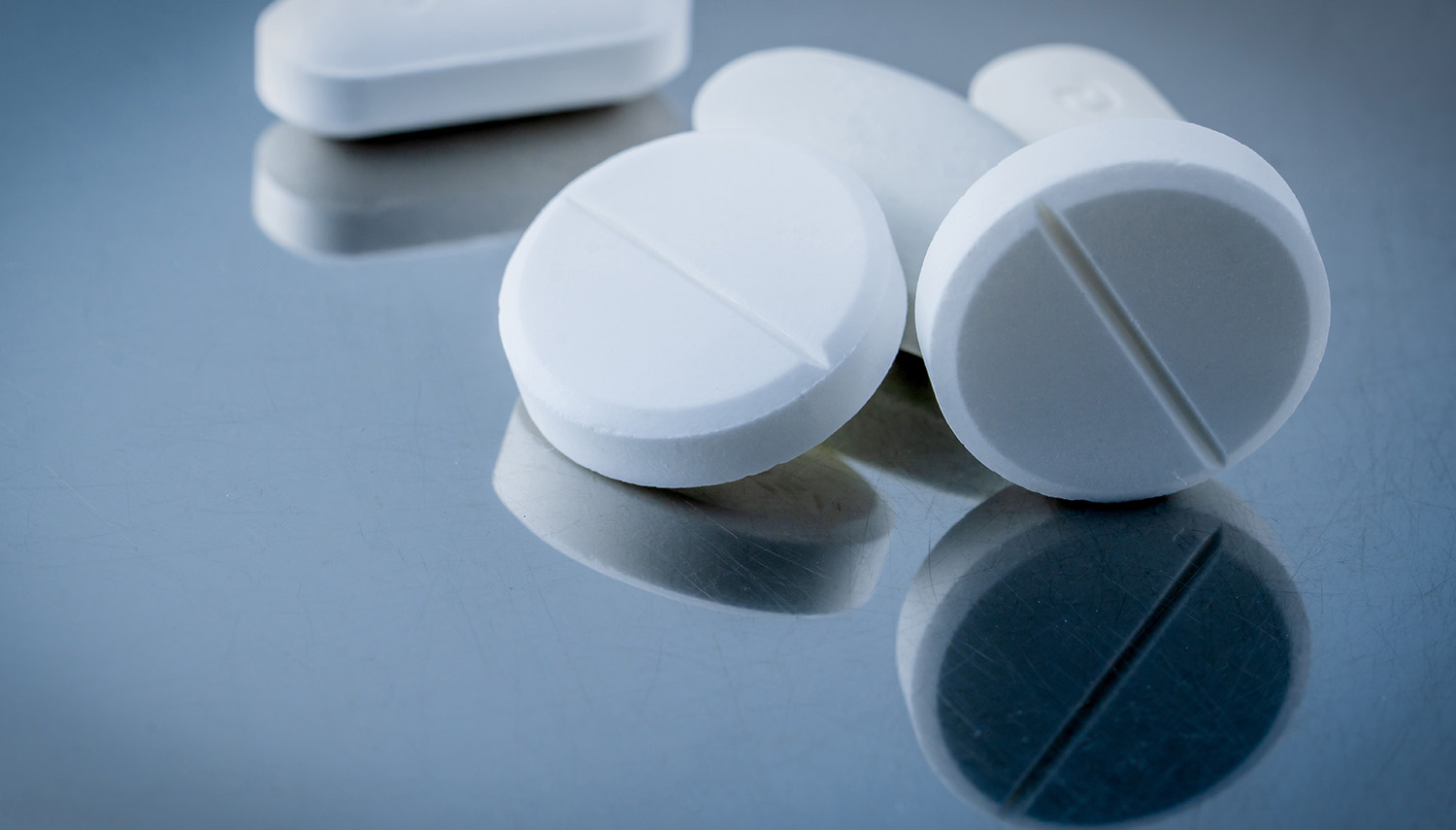Recommended
The IFC estimates that by 2030, developing countries will need up to $210 billion per year in new investment for health care assets to meet the growing healthcare demands of the Sustainable Development Goals (SDGs). This will require the current level of investment in healthcare in developing markets to triple. What may be almost as important as the money itself, however, is the prospective opportunity to catalyze the entrepreneurial spirit that is seeping its way into African markets. Here we look at how this entrepreneurialism is being leveraged in the pharmacy and supply chain space.
An initial analysis from the CGD Working Group on the Future of Global Health Procurement estimated the health commodity value chain (procurement + supply chain) in low- and lower-middle income countries to be $81 billion in 2015, and observed increasing fragmentation and higher out-of-pocket spending as countries propel towards middle-income status. As these countries are also transitioning away from aid, national payers, wholesale and retail pharmacies, and individuals paying out of pocket are asking how they can buy drugs and commodities to get a better deal and speed the procurement process.
While health donors are busy writing complex transition plans, start-up pharmacy disruptors are already collecting data, negotiating price deals, and broadening their remit to provide additional services that respond to market demands. Below we chronicle what we describe as the 4M’s—Maisha Meds, MedSource, mPharma, and mTIBA—and the impact we think they could have on the procurement and supply chain landscape in low-and middle-income countries (LMICs) in transition, and perhaps even in high-income country markets also struggling with spiraling drug costs.
Maisha Meds: The small private start-up pharmacy management platform
Originally set up to improve diagnosis and prescribing for pharmacies in Kisumu, Kenya, Maisha Meds faced a growing demand for pharmacy management, stock keeping, and supply chain tools. Two years on, Maisha Meds offers pharmacy owners a cloud-based android app which is a point of sale (POS) system that collects procurement and patient data; it also negotiates prices with manufacturers and coordinates deliveries with distributors.
The app appeals to pharmacists because it enables easy ordering and allows them to keep tabs on their stock, which can help prevent theft. Even though a tablet is a big buy for some small pharmacies, the software has expanded across Kenya and other countries. Maisha Meds is now exploring new partnerships and additional services, such as payment subsidies for the poorest patients.
The company’s differentiator is its android-based POS system that can operate in settings with or without traditional electrical grids. Further, the data that it generates could be a game changer for global health donors and pharmaceutical companies seeking to geographically map the demand for certain products, which could provide valuable inputs for differentiating prices in different markets.
MedSource: The commercial group purchasing organization spun off a major USAID contractor
USAID contractor Management Sciences for Health (MSH) decided to leverage its already-established relationships and know-how in Kenya to launch MedSource last month, aimed at creating more opportunities for the private sector to deliver quality services. This window of opportunity existed because some LMIC consumers buy privately, a finding backed by our recent analysis.
A commercial operation, MedSource negotiates price/volume agreements on behalf of its members and provides pharmacies business management training and IT solutions, along with potential access to credit. This access to credit and other available financial instruments also de-risks sales for participating distributors. The company is already working to arrange framework agreements for medicine pricing for clients, including large networks of clinics, and to build its own POS system.
MedSource has the potential to bring down transaction costs in the way that most group purchasing organizations do, by consolidating purchasing power to drive down prices. However, it is unclear how much volume it can aggregate to do this; transaction savings could be offset by the service fee charged by MedSource, leading manufacturers go direct to pharmacies, hoping perhaps for better discounts.
mPharma: The venture capital-funded vendor-managed inventory system
Set up to tackle pharmacy stock-outs and high prices, Ghanaian-born mPharma is a vendor-managed inventory system for private pharmacies which standardizes data for improved forecasting; procures, warehouses, distributes, and supplies stock for its members; and offers quality improvement services under its retail pharmacy brand QualityRx.
mPharma operates a unique consignment model with a standardized drug formulary, whereby member pharmacies’ shelves are stocked with mPharma products. Under the model, members only pay for what they dispense and mPharma carries the liability for the stock through sharing out across pharmacies, as needed. With the aim of being profitable in the next three years, the current model is limited to urban markets where mPharma can consolidate its in-house warehousing and distribution networks.
Growth of such a model could be quite disruptive, especially if mPharma manages to carve out a market share for itself in an already-competitive manufacturing and distribution landscape. According to its founder, mPharma’s big aspiration is “to be the largest pharmacy retail infrastructure on the continent without building pharmacies, just like Airbnb is the largest hotel business in the world without building hotels.”
M-TIBA: The mobile health "wallet"
Launched in 2015 by PharmAccess Foundation together with IT company CarePay and Kenya’s leading telecom provider Safaricom, M-TIBA is a mobile health wallet ring fenced to pay for healthcare services. Different payers can pay into the wallets: individuals can set aside money for their own care; affluent family members can send healthcare remittances to their relatives, and donors can directly channel payments into the wallets of people who need it most. M-TIBA can also be utilized as a mobile health insurance mechanism. Each time the wallet is used by a patient at a healthcare facility, medical and financial data is collected in real time. This digital system cuts overheads and creates full transparency on access and quality, and empowers the people connected to make conscious decisions on when and where to seek care. Aggregating the data of patients in data dashboards, moreover, provides unique insights to healthcare providers and payers in costs, utilization, and quality of care.
So far M-TIBA has reached over a million people in Kenya, with pilots currently underway in Tanzania and Nigeria. Additionally, the platform is being used in partnership with national and state health insurance agencies to connect families to a mobile health insurance cover, supporting their ambition towards Universal Health Coverage.
Six of one, half dozen of the other? Not exactly
Put simply, the 4M’s are all innovative start-ups of varying sizes trying to improve access to medicines and bring down prices. We summarise some of the core characteristics in the table below.
The 4M’s
| Organization | Geography | Pharmacy requires specific POS | Pharmacy members restricted to exclusive ordering | Owns stock for pharmacies | Negotiates prices | Warehousing/ distribution | Provides patients credit or subsidies |
|---|---|---|---|---|---|---|---|
| Maisha Meds | Kenya, Tanzania, Nigeria, Egypt, Ghana | Yes | No | No | Yes | Coordinates | Yes |
| MedSource | Kenya | No | No | No | Yes | Coordinates | No |
| mPharma | Ghana, Nigeria, Zimbabwe | Yes | Sometimes | Yes | Yes | Owns distribution facilities/vehicles | Yes |
| M-TIBA | Kenya, Tanzania, Nigeria | Accreditation required | N/A | N/A | N/A | N/A | Yes |
While there are obvious overlaps, each of the 4M’s was developed to meet different needs, and none of them represents a cookie-cutter solution. Rather, perhaps due to their presence on the ground working day-to-day with various stakeholders, the business models have nimbly adapted over time to adjust for the markets that they serve. Maisha Meds’ real-time POS system improves forecasting capacity and minimizes theft; MedSource uses financial instruments and credit to minimize the risk of non-payment, and as a result may be able to achieve lower prices; mPharma stocks pharmacy shelves, taking the onus off pharmacies to buy stock and theoretically minimizing stock outs; and M-TIBA’s ringfenced mobile health wallet through the digital platform facilitates easier access to healthcare, as well as enabling targeted and efficient payment mechanisms.
These organizations are small and new and will need to scale before any conclusions can be drawn on their effectiveness and impact on affordability and access. Further, they may be competing against each other as they grow. Interestingly, they do not neatly fit into existing donor programs, which is perhaps why there has not been more attention and investment in this space. The fees that they charge may not be enough to make them commercially viable—especially for those not yet backed by venture capital funding. This could be one opportunity for more private sector support, including impact investment, which can drive better baseline and impact assessments. Time and data will tell us more about what the 4M’s can achieve.
New reports and an exciting event that take this blog further
The 4M’s represent a tiny proportion of innovative supply chain start-ups in Africa, which we selected opportunistically based on our research for the Working Group on the Future of Global Health Procurement; this blog therefore should only serve to illustrate that pharmacy disruptors are on the rise and provide a couple of examples.
As timing would have it, the Bill and Melinda Gates Foundation released a much more systematic and comprehensive landscaping analysis today, which looks at 30 different archetypes of innovative distribution models popping up across sub-Saharan Africa. The analysis includes more detail and offers a framework to evaluate and compare companies’ projected impact on targeted consumers based on measures of availability, quality, cost, geographic access, and scale.
Stayed tuned, as colleagues at the Gates Foundation will soon host a seminar at CGD on the findings of their landscape analysis, and our forthcoming Working Group report will detail a much broader set of procurement challenges.
Disclaimer
CGD blog posts reflect the views of the authors, drawing on prior research and experience in their areas of expertise. CGD is a nonpartisan, independent organization and does not take institutional positions.
More Reading

Event




